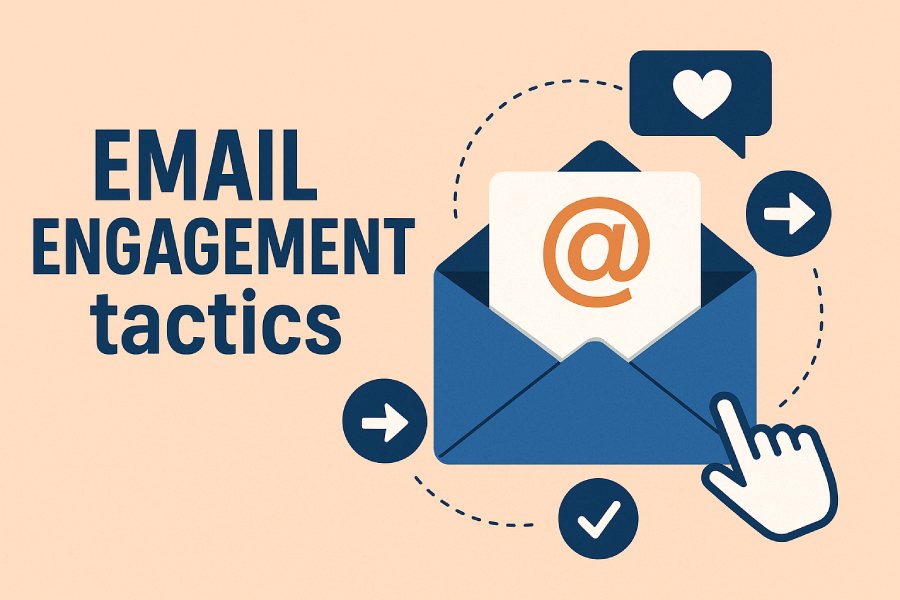Email Engagement Tactics: Strategies And Tools You Need To Know
Email engagement isn’t just about sending messages—it’s about sparking meaningful interactions with your audience. In a world where people receive hundreds of emails daily, standing out requires more than catchy subject lines. You need a thoughtful strategy that combines creativity, timing, and the right tools to connect with readers on a personal level.
In this guide, “Email Engagement Tactics: Strategies and Tools You Need to Know,” we’ll explore how businesses can transform their email marketing from a one-way broadcast into a two-way conversation. Whether you’re nurturing leads, retaining customers, or building brand loyalty, understanding these tactics will help you craft emails that not only get opened—but also inspire clicks, replies, and long-term engagement.
Understanding Email Engagement: Key Metrics and Importance
In email marketing, understanding engagement is paramount to driving meaningful user interactions and achieving a strong email marketing ROI. Key user engagement metrics such as open rate, click-through rate (CTR), bounce rate, and email unsubscribe rate provide vital insights into how recipients are responding to your campaigns.
Open rate measures the percentage of subscribers who open your emails, serving as a direct indicator of the effectiveness of your subject line optimization and email deliverability. Meanwhile, CTR reveals how many recipients engage with your call to action (CTA), reflecting the quality of your email copywriting and design.
Maintaining good email list hygiene through practices like double opt-in and regular list cleaning reduces your spam score and bounce rate, improving overall deliverability. Additionally, monitoring unsubscribe rates and user engagement metrics helps marketers identify when to deploy email re-engagement campaigns or retargeting emails aimed at reviving inactive subscribers.
Leading email marketing software such as Mailchimp, HubSpot, ActiveCampaign, and Constant Contact offer robust email campaign analytics dashboards that simplify tracking these critical metrics.

Crafting Compelling Subject Lines to Boost Open Rates
Subject lines are the gateway to increasing open rates and must not be overlooked. Subject line optimization is a crucial aspect of email marketing best practices, as it significantly influences whether an email is opened or ignored. Techniques like email subject line testing through A/B testing allow marketers to experiment with different phrasing, length, personalization, and emoji usage to determine which versions resonate best with their audience.
Take advantage of dynamic content to tailor subject lines automatically based on user behavior or segmentation, further boosting relevance. Tools such as Litmus and Mailjet provide subject line previews and spam score assessments to ensure your subject lines are visually appealing and avoid triggering spam filters. Danny Newman and Chad White, renowned experts in email marketing, emphasize the importance of concise, clear, and benefit-oriented subject lines.
The use of segmentation and behavioral targeting, including timing optimization, ensures your subject lines correspond with user preferences or recent activity. Welcome email series subject line optimization is especially important, as these initial emails set the tone for ongoing subscriber engagement.
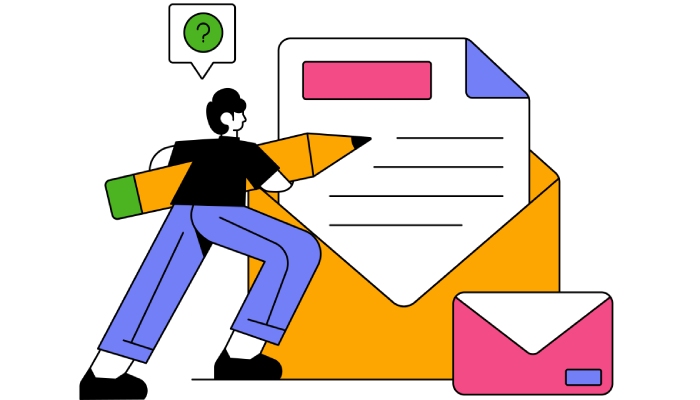
Personalization Techniques for Better Connection
Email personalization extends beyond inserting the recipient’s first name; it involves delivering personalized email content that resonates on an individual level, making users feel valued and understood. Advanced segmentation enables marketers to create email campaign segmentation that tailors content, offers, and calls to action to specific groups based on demographics, past purchases, or engagement history.
The rise of email marketing automation tools like GetResponse, Salesforce Marketing Cloud, and Drip facilitates personalized email content delivery at scale through triggered emails and drip campaigns that nurture leads across the customer journey. Personalization can also utilize dynamic content blocks tailored to user interests, significantly enhancing subscriber engagement and click-through rates.
Personalized email content also improves email lead nurturing and increases the email conversion rate by aligning the messaging with user needs. Integrating transactional emails into your strategy offers personalized updates and builds trust, complementing promotional efforts.
Platforms such as Klaviyo and MailerLite provide sophisticated personalization capabilities, including predictive analytics, allowing marketers to implement behavioral targeting strategies effectively.
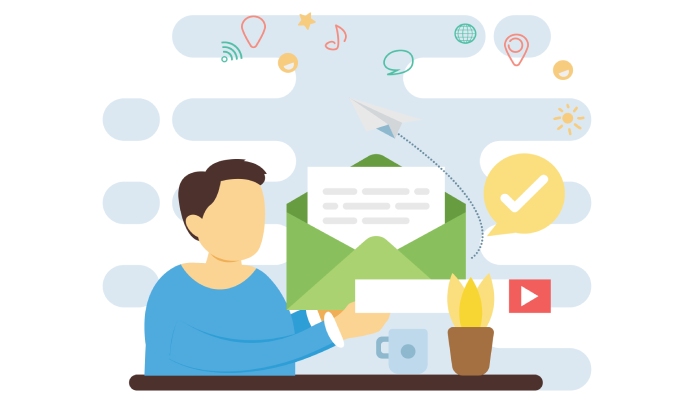
Segmenting Your Audience for Targeted Campaigns
Segmentation is a linchpin of email engagement, enabling marketers to send highly relevant and targeted campaigns rather than one-size-fits-all messages. Email segmentation strategies can include demographic data, past purchase behavior, location, email subscriber engagement, or even email outreach strategies like retargeting.
Segmented campaigns show significantly higher engagement rates and lower email unsubscribe rates. Email campaign segmentation optimizes email frequency tailored to recipients’ preferences, helping avoid subscriber fatigue and improving email deliverability. For example, double opt-in processes and OptinMonster integration help ensure that segment lists consist of genuinely interested subscribers, thereby improving list hygiene.
Top email marketing platforms like Campaign Monitor, Sendinblue, and AWeber provide intuitive segmentation features, while CRM-integrated platforms like Salesforce Marketing Cloud and Pardot excel in complex segmentation and automation workflows.
Email segmentation plays a critical role in drip email sequences and email marketing funnels by directing prospects through personalized paths, enhancing email lead generation efforts and maximizing email marketing ROI.
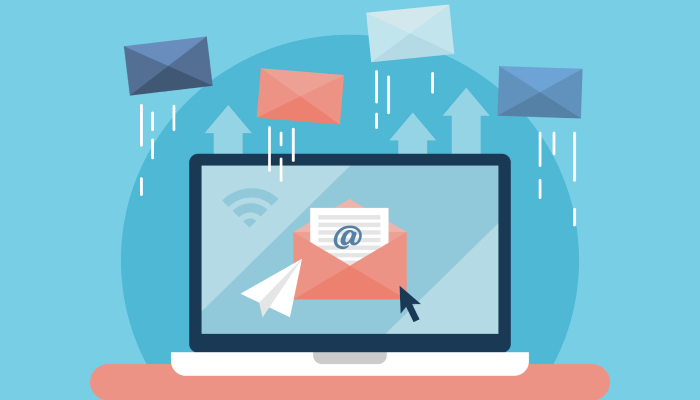
Optimal Timing and Frequency of Email Sends
Email timing optimization is essential to maximize open rates and CTR without causing subscriber fatigue. The optimal email frequency varies across industries and audience preferences, so continuous A/B testing is recommended to find the sweet spot between staying top-of-mind and avoiding excess contact.
Behavioral targeting insights gleaned from email campaign analytics can guide when your audience is most likely to engage. For instance, triggered emails based on user activity—such as abandoned cart reminders or post-purchase follow-ups—capitalize on timely communication, increasing conversion rates.
Employing email marketing automation tools like Benchmark Email, Emma, or Moosend allows marketers to schedule emails at optimal times and maintain consistent but personalized email frequency.
Responsive email design and mobile-friendly emails are equally important, as many users now engage with emails on mobile devices. Tools like Litmus assist in ensuring email design renders beautifully across devices, facilitating higher engagement regardless of screen size.
Sophisticated drip campaigns and welcome email series benefit immensely from well-timed corollaries, combining email timing optimization with personalization and segmentation to deliver maximum impact.

Designing Mobile-Friendly and Responsive Emails
In the era of ubiquitous smartphone use, ensuring your emails render flawlessly across mobile devices is a critical component of effective email marketing. Mobile-friendly emails not only enhance the user experience but also significantly influence open rate and click-through rate metrics. Incorporating responsive email design into your strategy optimizes layouts, images, and font sizes to adapt dynamically to different screen sizes and resolutions.
Leading email marketing software such as Mailchimp, Campaign Monitor, and Litmus provide tools to preview emails on numerous devices, ensuring compatibility before deployment. Email design best practices emphasize a single-column layout for mobile devices, large and legible fonts, and touch-friendly call to action (CTA) buttons to facilitate conversions on smaller screens. Moreover, compressing images and minimizing heavy design elements help maintain fast loading times, improving email deliverability and reducing bounce rate.
Implementing mobile-friendly emails within your email marketing automation tools, like ActiveCampaign or GetResponse, allows you to tailor user experiences via segmentation and email personalization, further boosting email subscriber engagement. Email frequency may be optimized by understanding user engagement metrics segmented by device, leveraging email campaign analytics to refine your responsive design efforts continuously.
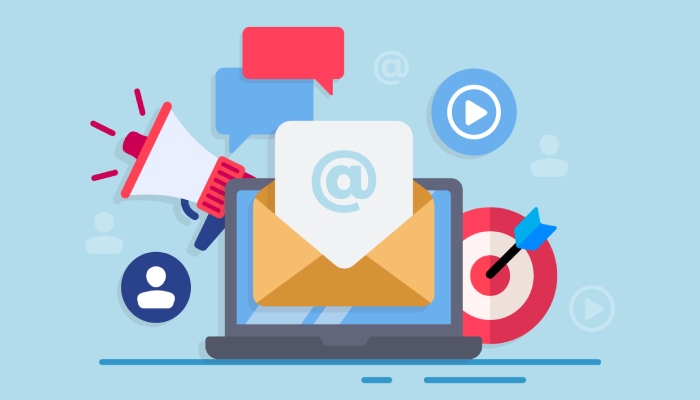
Utilizing Interactive Elements to Increase Engagement
Interactive emails represent a powerful strategy to enhance email subscriber engagement and increase email conversion rates. Interactive emails incorporate dynamic content elements such as image carousels, collapsible menus, and real-time polls or surveys directly within the email, eliminating the need for subscribers to navigate to external pages.
Incorporating interactive emails within your email marketing funnels can reduce email unsubscribe rate and improve user engagement metrics. Platforms like Sendlane and SendPulse provide support for interactive email features, enabling marketers to create engaging drip campaigns and retargeting emails that resonate with recipients.
Moreover, email content optimization through interactive elements allows for behavioral targeting by tracking clicks on interactive components, providing rich data for segmentation strategies and email lead nurturing initiatives. Using Nureply interactive emails within transactional emails and welcome email series helps build deeper relationships while increasing click-through rate.
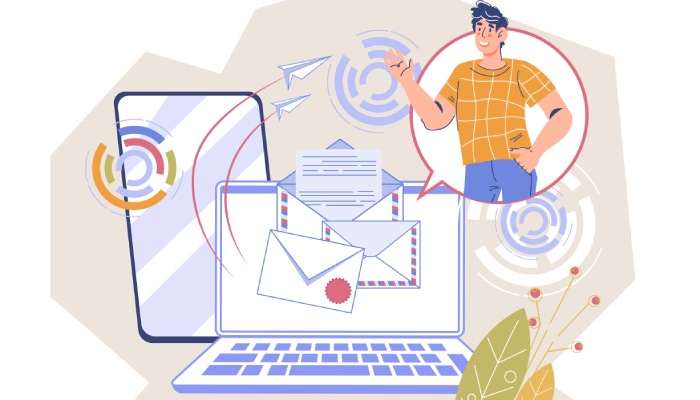
A/B Testing for Continuous Improvement
A/B testing, or split testing, is a cornerstone best practice in email marketing that enables marketers to optimize subject lines, CTAs, and even the email design itself based on real user data. By sending two variations of an email to distinct segment groups, marketers can evaluate which performs better in terms of open rate, click-through rate, or conversion rate.
Email subject line testing is particularly crucial, as subject lines heavily influence open rate. Tools like HubSpot, Klaviyo, and Benchmark Email offer robust A/B testing functionalities that integrate seamlessly with email marketing automation tools, allowing for testing of content, email timing, and email frequency.
Conducting A/B testing reduces your spam score by continuously refining your approach, which in turn improves email deliverability. David Newman and Chad White, noted experts in email marketing, emphasize the importance of evaluating email campaign analytics carefully to inform subsequent rounds of testing and thereby maximize email marketing ROI.
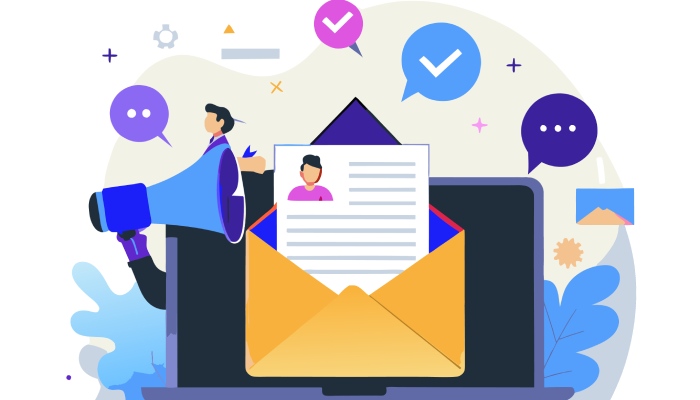
Implementing Automation Workflows Effectively
Email automation is a vital tactic for streamlining marketing efforts, enhancing email list building, and nurturing leads throughout the buyer’s journey. Automation workflows can deliver triggered emails based on user actions such as sign-ups, purchases, or inactivity, facilitating personalized email content delivery without manual intervention.
Popular email marketing automation tools like Pardot, Salesforce Marketing Cloud, and ConvertKit enable marketers to develop complex drip email sequences and behavioral targeting campaigns tailored to subscribers’ preferences. For example, a welcome email series sent via ActiveCampaign or MailerLite helps set expectations and drives early engagement.
To optimize email timing and increase email conversion rate, effective automation workflows incorporate email timing optimization and responsive email design. Additionally, double opt-in processes ensure list hygiene by confirming subscriber interest, reducing bounce rate, and maintaining compliance with data regulations.
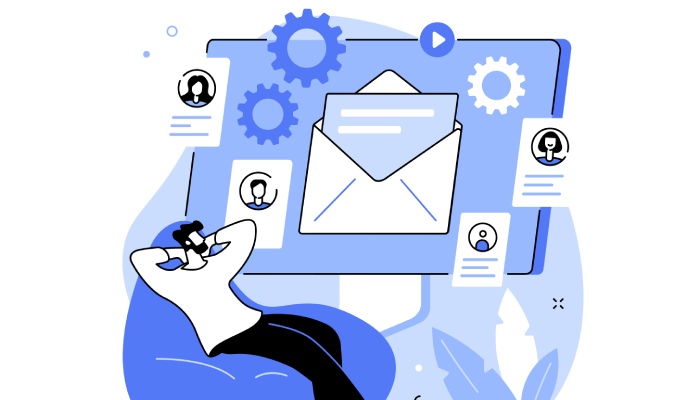
Leveraging Behavioral Triggers and Dynamic Content
Behavioral targeting is a sophisticated segmentation strategy leveraging data from subscriber actions—such as browsing behavior or purchase history—to send highly relevant emails. Incorporating dynamic content enables marketers to personalize email elements (images, offers, copy) in real time, dramatically enhancing engagement.
Email marketing platforms like Drip, Klaviyo, and Mailjet excel in supporting dynamic content and triggered emails, which can include cart abandonment messages, post-purchase follow-ups, or targeted re-engagement campaigns. This approach directly impacts email subscriber engagement and improves open rate by providing recipients with content that resonates personally.
Further advantages include increased email campaign segmentation sophistication and enhanced email lead nurturing capabilities. Behavioral triggers also support email outreach strategies, enabling timely follow-up tactics that encourage progression through the sales funnel, thereby boosting email marketing ROI.
Writing Persuasive and Clear Email Copy
Effective email copywriting underpins the success of every email marketing campaign. Crafting clear, concise, and compelling copy tailored to your audience increases both open and click-through rates. Focused attention on subject line optimization ensures that the first point of contact motivates recipients to open the message.
Personalized email content, essential for maintaining strong subscriber engagement, integrates segmentation and behavioral targeting insights to address specific subscriber needs. Utilize clear calls to action that guide readers toward desired behaviors, whether it’s making a purchase, downloading content, or engaging with retargeting emails.
Incorporating email copywriting best practices from industry authorities like Chad White helps minimize email unsubscribe rate and ensures content resonates effectively. Testing different copy versions via A/B testing, supported by detailed email campaign analytics, helps refine messaging continuously.
Industry-standard email marketing software such as Constant Contact, Sendinblue, and AWeber offer intuitive tools for drafting and testing email copy, as well as optimizing email design for mobile-friendly emails. Aligning persuasive copy with responsive designs and well-timed automated campaigns elevates overall email marketing effectiveness.
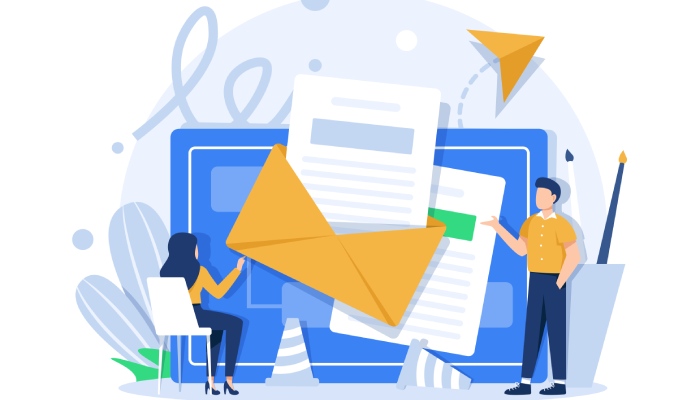
Best Practices for Call-to-Action (CTA) Placement and Design
In email marketing, an effective call to action (CTA) is pivotal to boosting the click-through rate and ultimately increasing conversions. Email copywriting experts like David Newman and Chad White emphasize that CTAs should be clear, persuasive, and visually distinct within the email design. Placement of CTAs benefits significantly from A/B testing, which can test factors such as button color, size, wording, and positioning to optimize user engagement metrics.
Best practices for CTA placement include positioning the primary CTA above the fold so recipients encounter it immediately upon opening the email—this taps into behavioral targeting principles by acknowledging user attention patterns. For longer emails, consider repeating the CTA near the conclusion or embedding multiple contextual CTAs throughout drip email sequences to guide subscribers through email marketing funnels effortlessly.
Responsive email design ensures CTAs remain prominently accessible across devices, complementing mobile-friendly emails, which are crucial given the predominance of mobile opens. Avoid clutter by limiting the number of CTAs; one or two focused CTA buttons typically yield better email conversion rate outcomes than overwhelming the subscriber with choices.
Employ dynamic content to personalize CTA text based on segmentation strategies or past user behavior to enhance relevance. For instance, HubSpot and Mailchimp support email marketing automation tools that enable adaptive CTAs tailored to different audience segments, boosting email subscriber engagement.

Tools and Platforms to Enhance Email Engagement
Selecting the right email marketing software can dramatically enhance email deliverability, improve email list building efforts, and facilitate advanced segmentation. Leading platforms like ActiveCampaign, GetResponse, and Klaviyo offer robust features including email automation, triggered emails, and email campaign analytics that provide actionable insights to refine email content optimization.
Some platforms excel in particular areas:
- Mailchimp and Constant Contact are renowned for intuitive email design tools with extensive responsive and interactive email capabilities.
- Salesforce Marketing Cloud and Marketo cater to enterprise-level organizations with complex email marketing funnels and behavioral targeting demands.
- Drip and ConvertKit specialize in drip campaigns and email lead nurturing automation for content creators and e-commerce businesses.
- Tools like Litmus assist with email design testing across devices to ensure mobile-friendly emails and reduce bounce rate and spam score issues.
Integrating email marketing automation tools with retargeting emails driven by user engagement metrics enables marketers to deliver timely, personalized email content, boosting both open rate and email conversion rate. Platforms such as AWeber and Benchmark Email also offer email subject line testing and email timing optimization features to enhance campaign performance.
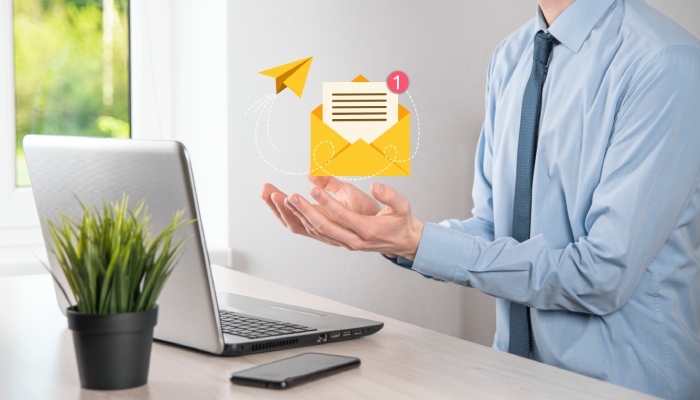
Analyzing and Interpreting Engagement Data
Understanding email campaign analytics is foundational to optimizing email marketing ROI. Key performance indicators include open rate, click-through rate, bounce rate, and email unsubscribe rate. These metrics collectively inform marketers about email deliverability and subscriber engagement effectiveness.
Detailed analysis should also extend to user engagement metrics such as heat maps showing click behavior, engagement with interactive emails, and engagement during drip campaigns or triggered emails. Employing segmentation to break down analytics by audience groups, behavioral profiles, and email campaign segmentation allows precise understanding of which email content optimization strategies resonate best.
Subject line optimization and email subject line testing are critical components in improving open rate. By monitoring changes in email deliverability tied to various subject lines, one can reduce spam score and optimize double opt-in processes to enhance list quality.
Tools like SendGrid, Mailgun, and SparkPost offer sophisticated analytics dashboards that integrate seamlessly with email marketing software, giving marketers real-time insights. Insights gathered allow for iterative improvements via A/B testing cycles, optimizing email outreach strategies and email follow-up tactics to reduce churn and bolster email re-engagement campaigns.

Maintaining List Hygiene and Compliance to Sustain Engagement
One of the most essential email marketing best practices for sustaining high engagement is rigorous email list hygiene. Maintaining an updated and clean subscriber list not only improves email deliverability but also lowers bounce rate and minimizes spam score issues. Regularly pruning inactive subscribers and employing email marketing automation tools to segment inactive users for re-engagement campaigns is crucial.
Double opt-in is an effective compliance strategy, ensuring subscribers explicitly confirm their interest, which boosts email list building quality and decreases unsubscribe rate. This practice also aligns with GDPR and CAN-SPAM regulations that govern email compliance.
Tools like OptinMonster and MailerLite provide seamless integration of list hygiene features alongside robust email segmentation strategies that allow marketers to craft personalized email content with precision.
Transactional emails, welcome email series, and triggered emails should always be separated from promotional campaigns to maintain a clean sender reputation. Using platforms like Zoho Campaigns and SendPulse that specialize in email deliverability management helps sustain high open rate and overall campaign success.
Email frequency also plays a crucial role in keeping the list engaged without overwhelming subscribers, striking a balance that nurtures email subscriber engagement effectively over time.
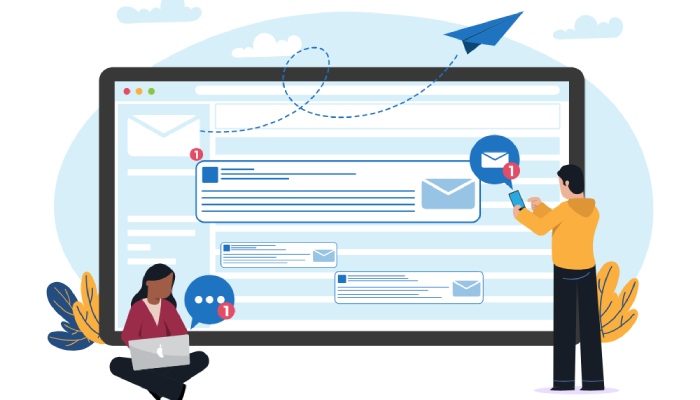
FAQs
What is the ideal placement for a call to action in an email?
CTAs should ideally be placed above the fold to capture immediate attention but can also appear multiple times in longer emails to cater to different levels of engagement. Responsive and mobile-friendly design ensures accessibility across all devices.
How can I improve my email open and click-through rates?
Optimizing subject lines through A/B testing, employing email personalization, segmenting your list effectively, and timing emails based on user behavior significantly impact open and click-through rates. Using dynamic content and drip campaigns also helps maintain ongoing engagement.
Which email marketing platforms offer the best automation tools?
Platforms like ActiveCampaign, HubSpot, Klaviyo, and Drip excel in email marketing automation, allowing marketers to create triggered emails, drip sequences, and behavioral targeting workflows designed to nurture leads and boost engagement.
How often should I clean my email list for best results?
List hygiene should be performed regularly, ideally every 3-6 months, by removing inactive subscribers, validating emails to reduce bounce rates, and implementing double opt-in to ensure list quality and maintain email deliverability.

What role does email segmentation play in improving campaign performance?
Email segmentation allows marketers to tailor email content to specific audience groups based on demographics, behavior, or past interactions, increasing relevance and driving higher engagement and conversion rates.
How can I reduce my email unsubscribe rate?
Providing personalized email content, ensuring appropriate email frequency, using targeted segmentation, and offering engaging, interactive emails can reduce unsubscribe rates. Employing email re-engagement campaigns for inactive subscribers also helps retain your list.
Key Takeaways
- Strategic CTA placement and design, combined with responsive email design, significantly increase user engagement and click-through rate.
- Leveraging advanced email marketing software and automation tools enhances segmentation, personalization, and real-time analytics, improving campaign effectiveness.
- Regular analysis of key metrics like open rate, bounce rate, and unsubscribe rate is essential for ongoing optimization and email list hygiene.
- Maintaining clean email lists through double opt-in and removing inactive subscribers sustains deliverability and reduces spam score.
- Implementing email marketing best practices including subject line optimization, email timing optimization, and dynamic content helps maximize email marketing ROI.

